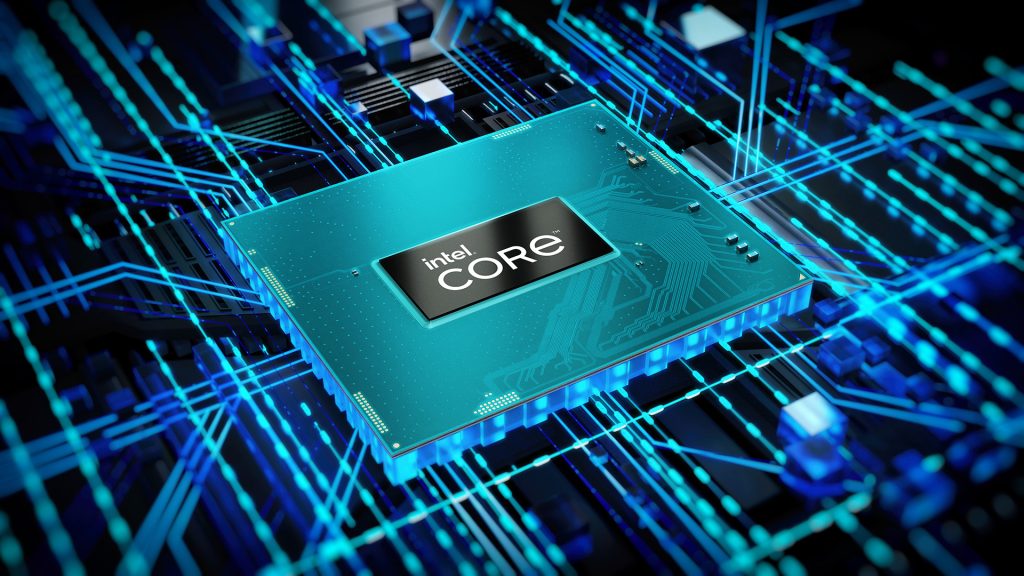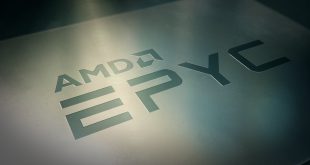The new Intel Raptor Lake Refresh CPUs are on the way for desktop enthusiasts. While these new 14th Gen processors use the same architecture as 13th Gen, improvements and optimisations to design have led to improvements in the final product. One such improvement is lower voltages to reach maximum speeds.
The Intel Raptor Lake Refresh is a modest upgrade, including better speeds and extra cores for the new Core i7 SKU. So far, Intel has introduced six desktop CPUs, all of which are part of the 125W K-series. Igor's Lab has tested several of these CPUs to see how different they are from the older Raptor Lake chips.
Mifcom, a German PC retailer, supplied a sampling of 600 CPUs for the testing, which was run by a group of overclockers. As expected from a 600-sample test, no one evaluated individual processors. However, some basic examinations may be done quickly using accessible tools. The tests were performed on an Asus Z790 ROG Maximus Hero motherboard with BIOS 1402. People doing these tests record SP (Silicon Prediction) scores for P-Cores and E-Cores and voltage at the highest claimed frequency (for the 14900K, that would be 6.0GHz). The results can be found in the table below:
| CPU | P-core SP | SP max | SP min | VID at Fmax | Fmax |
|---|---|---|---|---|---|
| i9-14900K | 108.6 | 121 | 99 | 1503 – 1398 | 6.0GHz |
| i9-14900KF | 105.6 | 115 | 99 | 1503 – 1423 | 6.0GHz |
| i7-14700K | 72.2 | 81 | 67 | 1433 – 1363 | 5.6GHz |
| i7-14700KF | 78.3 | 91 | 67 | 1433 – 1319 | 5.6GHz |
| i5-14600K | 68.3 | 90 | 48 | 1393 – 1208 | 5.3GHz |
| i5-14600KF | 67.8 | 88 | 53 | 1369 – 1214 | 5.3GHz |
One of the most intriguing subjects for this generation of Core i9 CPUs is the difference between the Core i9-14900K and the Core i9-13900KS, which have identical configurations and clocks. The overclocking team attempted to ascertain this by comparing the batch of i9-14900K(F) they had at hand with a batch of i9-13900KS chips manufactured in 2023. This assures that there is little to no variation across tests.
According to the results, the i9-13900KS needs 1493mV in the worst-case situation and 1433mV in the best-case scenario. As a result, although the latest CPUs look superior, it's worth noting that the Core i9-13900KS batch represents just one-tenth of the i9-14900K(F) numbers. That would indicate that the 14900K(F) CPUs might be overall better binned.
Discuss on our Facebook page, HERE.
KitGuru says: It's no surprise that the newer CPUs are generally better binned than older ones. However, given both batches of CPUs were from around the same time, it seems Intel might be choosing the better silicon for their 14th Gen chips. This might be important if you're trying to choose between a Core i9-14900K(F) or a Core i9-13900KS.
 KitGuru KitGuru.net – Tech News | Hardware News | Hardware Reviews | IOS | Mobile | Gaming | Graphics Cards
KitGuru KitGuru.net – Tech News | Hardware News | Hardware Reviews | IOS | Mobile | Gaming | Graphics Cards



